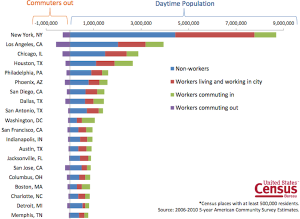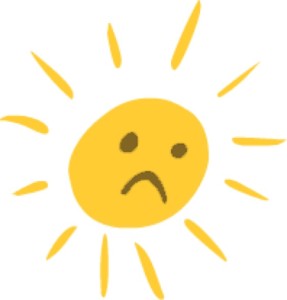Some of us are more adventurous eaters than others. Whenever I go to a restaurant, I go in with the idea that I’ll try something new, but I usually end up with the same thing I usually get on my plate. The same goes with my family’s grocery shopping habits. Our grocery list remains relatively similar each week. Why is this? A new study finds that it is because we choose to pick familiar foods over foods that we actually might think taste better.
This study observed 30 young people in two different ways. The first observation had the participants sit down at a computer and rate the snacks that were displayed on the screen (the snacks were associated with a location). There was no actual food provided. After that, the participants were asked to choose between two locations that replaced the snacks. The young people went with the location they remembered from the first part of the test over what food they thought tasted better. Therefore, the participants picked the “food” they remembered (or were familiar with) over what they actually thought tasted better.
During this experiment, the participants had their brains scanned. The scan found that the brain had more active communication with the hippocampus, which is in charge of memory.
This experiment is very interesting, however the fact that there were only 30 participants, and they were all around the same age, makes me wonder how true the conclusion is. Also, the study mentioned that the participants were hungry. Maybe the fact that they were hungry made them pick what was familiar to them because that’s what seems to be the most available to them.
If this study is on the right track, perhaps it could link to better dieting plans. Perhaps dieting is so hard for people because they want to eat what they are used to, not what they know is better for them. Maybe the way to a better diet starts with changing up your grocery list once in awhile, or picking something different off the menu at a restaurant.
This study is not the first of its kind, however. In a study done on chickadees in 1989 scientists discovered that chickadees’ hippocampi are also linked to food memory. In this study, chickadees with damaged hippocampi often forgot where they had stored their food. This study was one that began scientists’ curiosity between the hippocampus and food memory/familiarity.
Another study done in 2008 linked the memory of food intake to the amount eaten in a day. In other words, a scientist observed what happened to participants who were ate at the same time each day and recorded what they ate, as opposed to those who ate at different times of the day and did not do anything to record their eating to their memory. It was found that those who committed their eating habits to memory and ate at the same time ate much less. When the hippocampus was exercised, the participants ate less. However, it was not mentioned how many people were used in this study, so it is hard to tell how accurate it is.
If this study is correct, it would make sense for people who are trying to lose weight to keep a journal of everything that they ate, as well as try to eat at the same time each day. If a journal is too much to keep up with, there is also apps such as the Lose It weight loss app, where people can record what food they have eaten and even find the calorie intake associated with it.
I encourage everyone that reads this blog to mix up what they eat this week, however hard it may be to find something new at the dining hall.

















